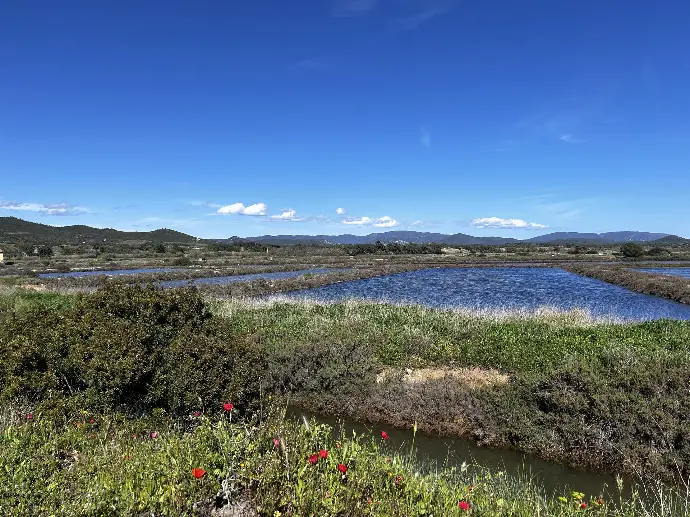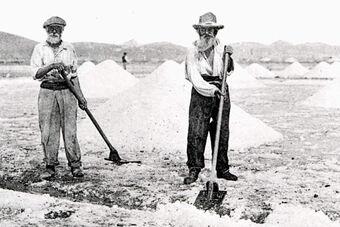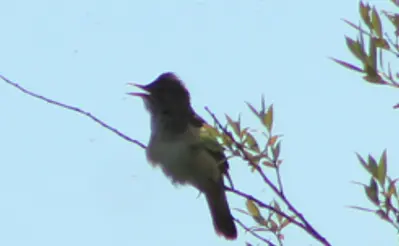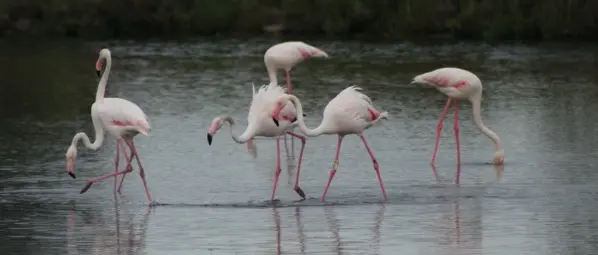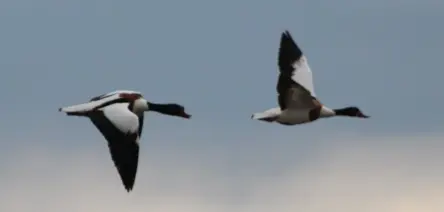Hyères saltworks
Giens peninsula
Giens peninsula is linked to the continent by a structure called double tombolo. Tombolos are natural but rare bridges connecting an island and a continent, only shaped under very specific circumstances such as specific ocean currents, continent-island distance, island length etc. When two bridges occur, it is called a double tombolo, and even triple tombolo can form under very strict conditions.
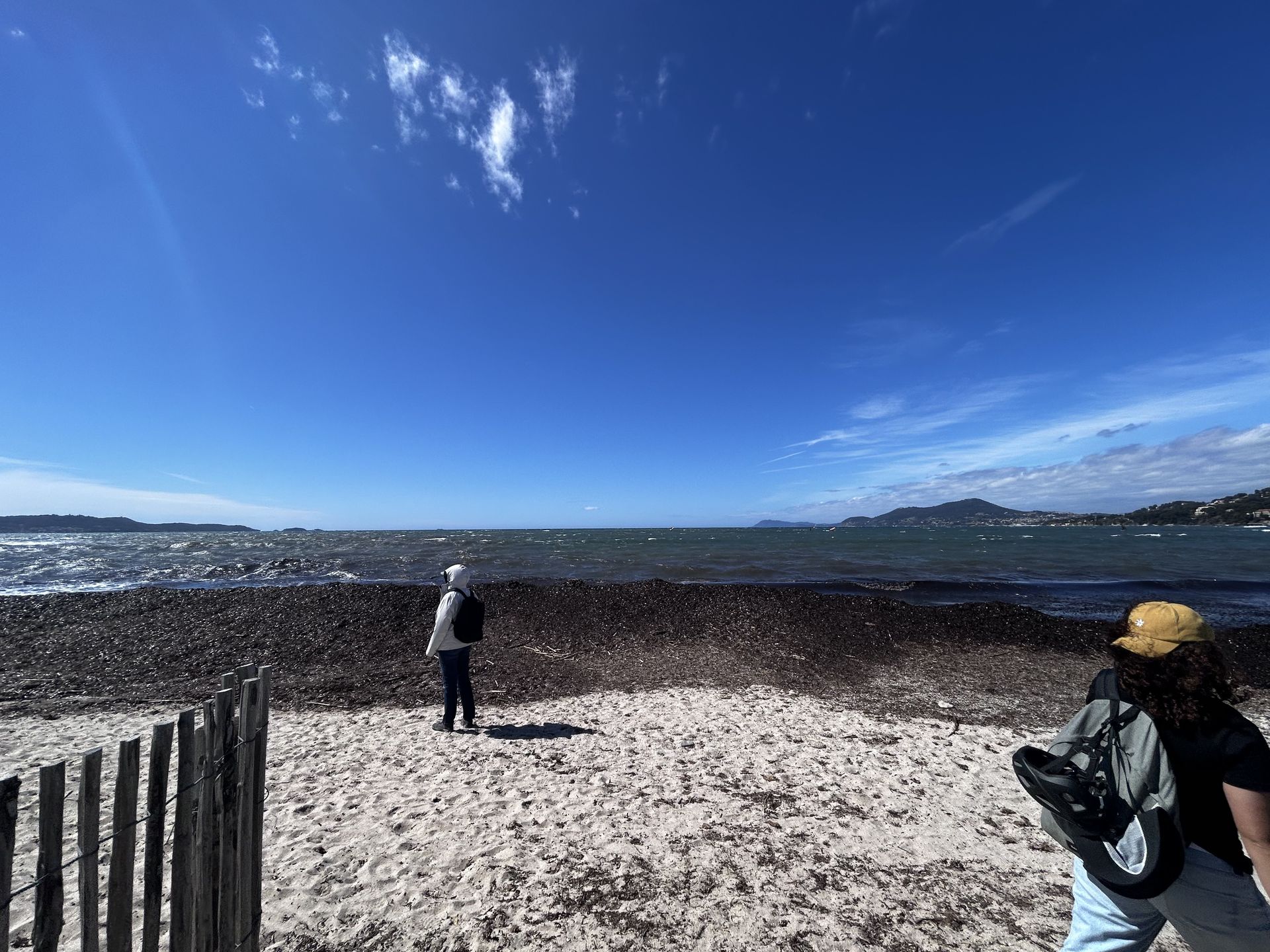
Sand beach formation
Tombolos shaping involve beach and sand formation. Sand is essentially made of quartz grains. This quartz is brought from mountain ranges after being eroded by wind and water. Later transported by water streams and rivers, the sand accumulates at estuary level. Eventually, the sand is spread all along coasts by waves coming from the open sea.
When an island is close enough to coasts and oceanic/geographic conditions are suitable, waves from both side of the island gather sand to the center, leading to a tombolo that reach mainland.
